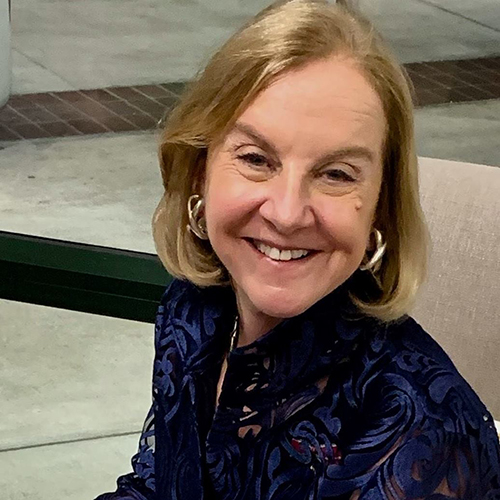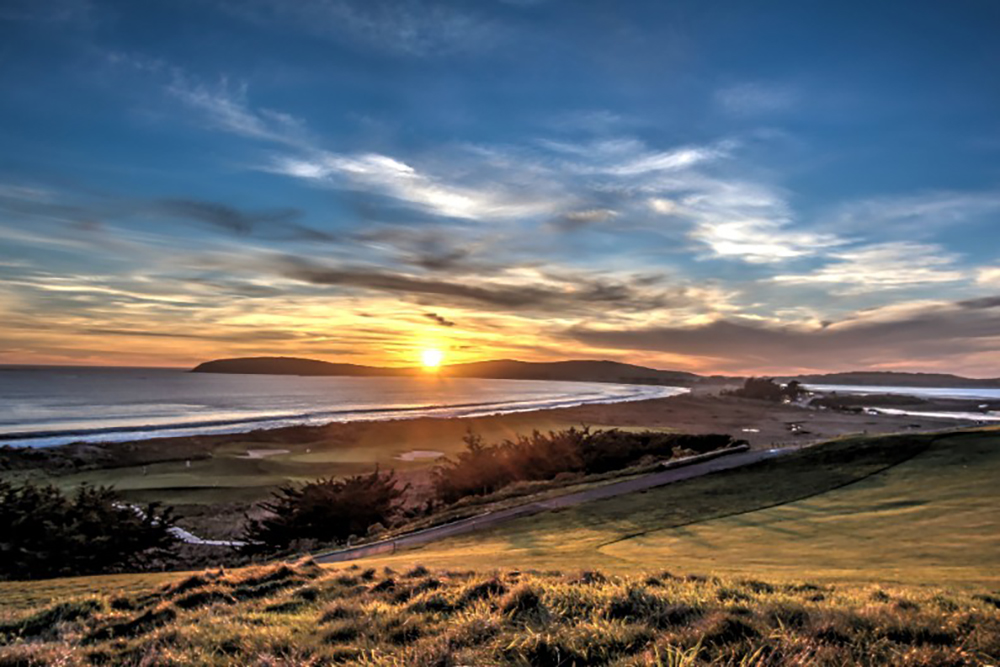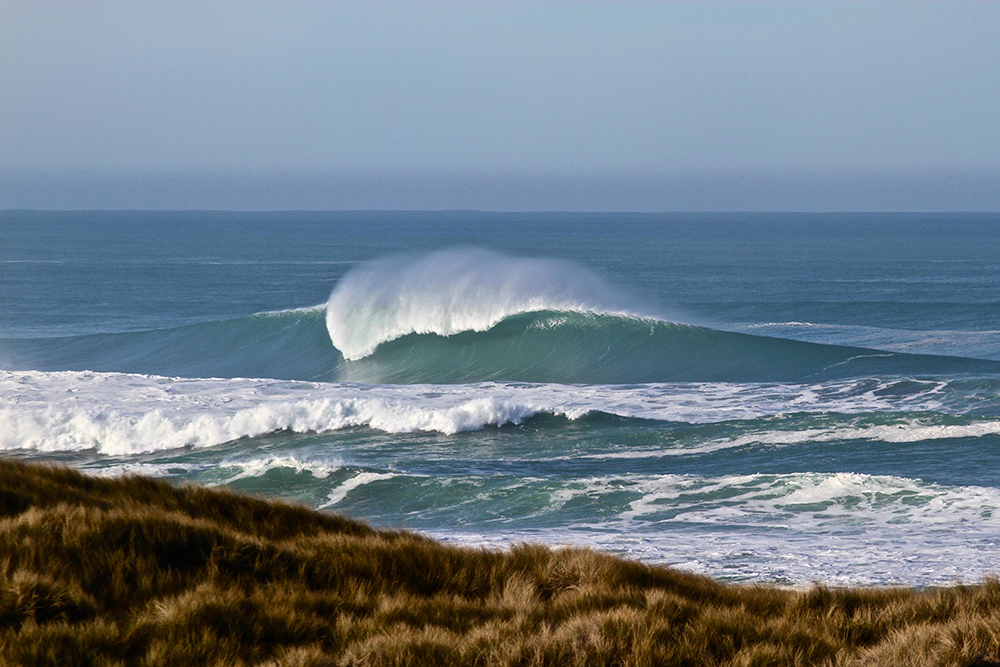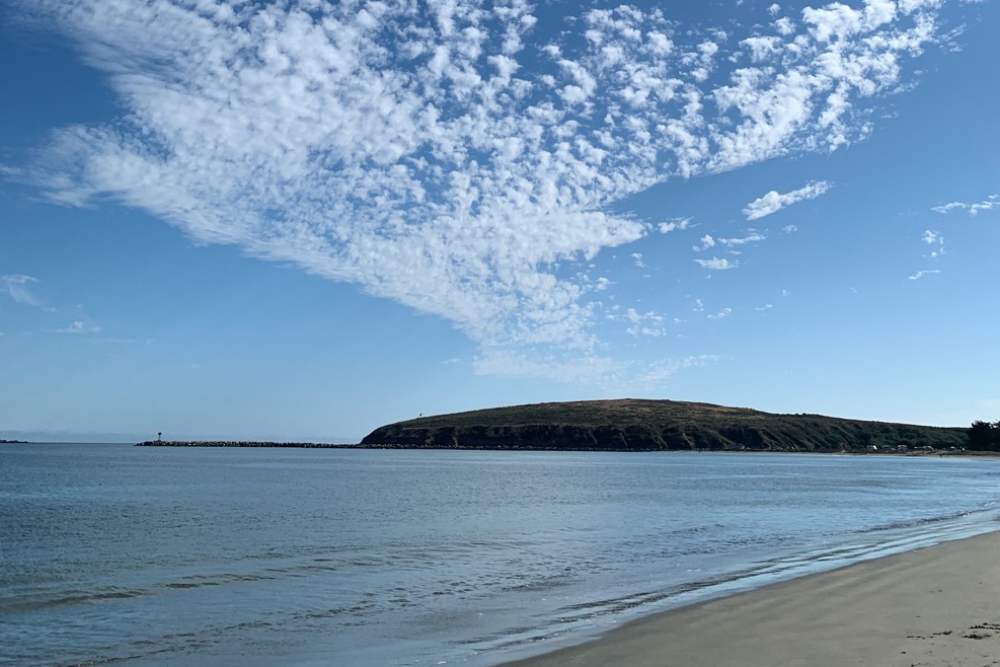![]()
“Your brain is wired for tracking.”
I cast a dubious look up—way up—at Jim Sullivan, a rangy six-foot-four, rumpled, eighty-something certified animal tracker, who proffers a boyish grin and an irrefutable argument: “You wouldn’t be here today if your ancestors hadn’t learned how to track wildlife for food.”
Jim’s Irish forebears arrived in the town of Bodega in 1873 and found work logging old growth redwoods. His grandmother Mary taught in the Coleman Valley School. He lives a few miles away in a cabin tucked amid towering redwoods. For the greater part of a century, Jim has hiked, climbed, fished, hunted, and explored the Sonoma coast and backcountry. Its wild places—many lost forever and others on the brink of disappearing—are etched in his soul.
To me, Jim seems a combination of Davy Crockett and David Attenborough: A scientist by training. A landscape designer, newspaper columnist, and college instructor by various career twists. An environmental / social justice activist, plein-aire painter, philosopher, author, and drummer by personal passion. A living legend among the hundreds of tracking students he’s trained.
“Just because you lay your eyes on something doesn’t mean you see it,” Jim tells me on the first of dozens of off-trail hikes. “Seeing happens, not in the eyes, but in the brain.” Along tidelines, across dunes, through marshes and grasslands, he instructs my eyes and brain in the long-lost art of noticing all the life most people do not see.
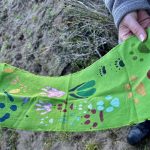 But before I know what to look for, I have to recognize paw and claw prints. As a visual aid, Ginger Hadley, our stylish scout in a brown felt hat with a feather in its brim, unfurls a long green cloth. In vibrant colors she has painted the distinct tracks of various coastal creatures–bobcat, raccoon, fox, and gull among them. To demonstrate mammal gaits, Jim gets down on all fours and mimics the motions of hopping, trotting, and loping.
But before I know what to look for, I have to recognize paw and claw prints. As a visual aid, Ginger Hadley, our stylish scout in a brown felt hat with a feather in its brim, unfurls a long green cloth. In vibrant colors she has painted the distinct tracks of various coastal creatures–bobcat, raccoon, fox, and gull among them. To demonstrate mammal gaits, Jim gets down on all fours and mimics the motions of hopping, trotting, and loping.
Under his tutelage, a patch of earth or shore that seemed as one-dimensional as a snapshot begins to vibrate like van Gogh’s paintings of wheat fields trembling with energy. When I (silently) intone my mantra of “Dimmi!,” the creatures I once could only sense start telling me their stories—not in words but in tracks crisscrossing sand or mud, rubbings on tree bark, nests burrowed in dunes or wedged between branches, kill zones, and, invariably, scat (animal excrement) that Jim examines with the intensity of a prospector inspecting a gold-tinged nugget.
![]()
Jim also introduces me to a way of seeing called the Four Views. First, the Eagle’s View: Imagine yourself high in the sky looking over a landscape—forests, hills, waterways, meadows, roads, trails. Second, the Standing View: Stop as you approach tracks to notice details such as the animal’s gait and the direction it’s traveling. Third, the Squatting or Kneeling View: Crouch down for a closer look. Fourth, the Side-Headed View: Put your ear down on the ground near the track and look across at its shadows and forms.
To Jim, who approaches tracking as a spiritual practice, the Four Views serve as a metaphor for dealing with controversial subjects—in business, politics, science, or anything else: “To know one view really well does not make you an expert. You need to take the trouble to empathically understand all the main points of view and keep an open mind.”
Testing this premise in daily life, I try changing perspectives from far to near, this side to that. Even the most maddening dilemmas, I discover, seem smaller—and more solvable— when you soar above them like an eagle.
Jim Sullivan offers introductory and advanced tracking courses in Sonoma County and is finishing work on Animal Tracking and Bird Language As “Spiritual” Practice. You can find more information at animaltrackingandbirdlanguage.com.


